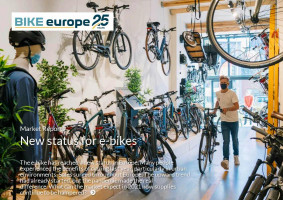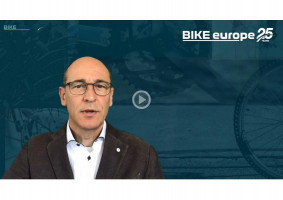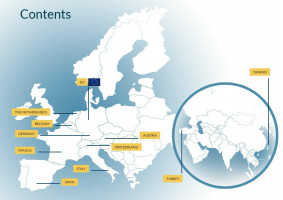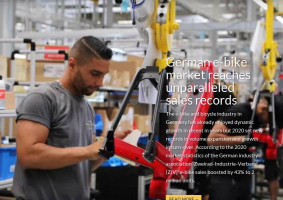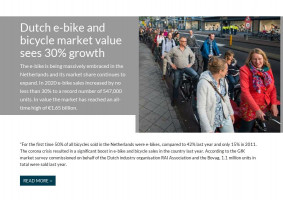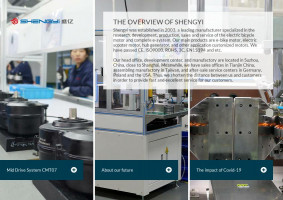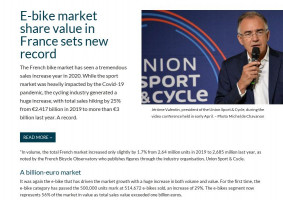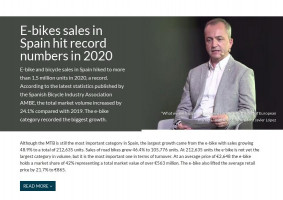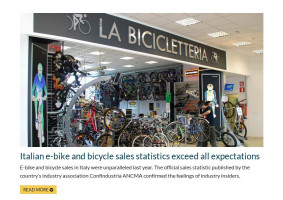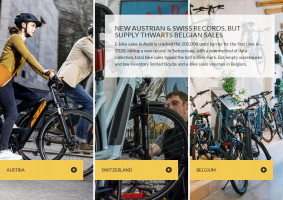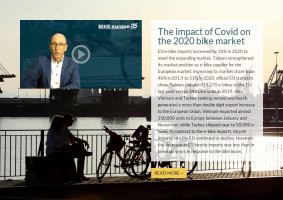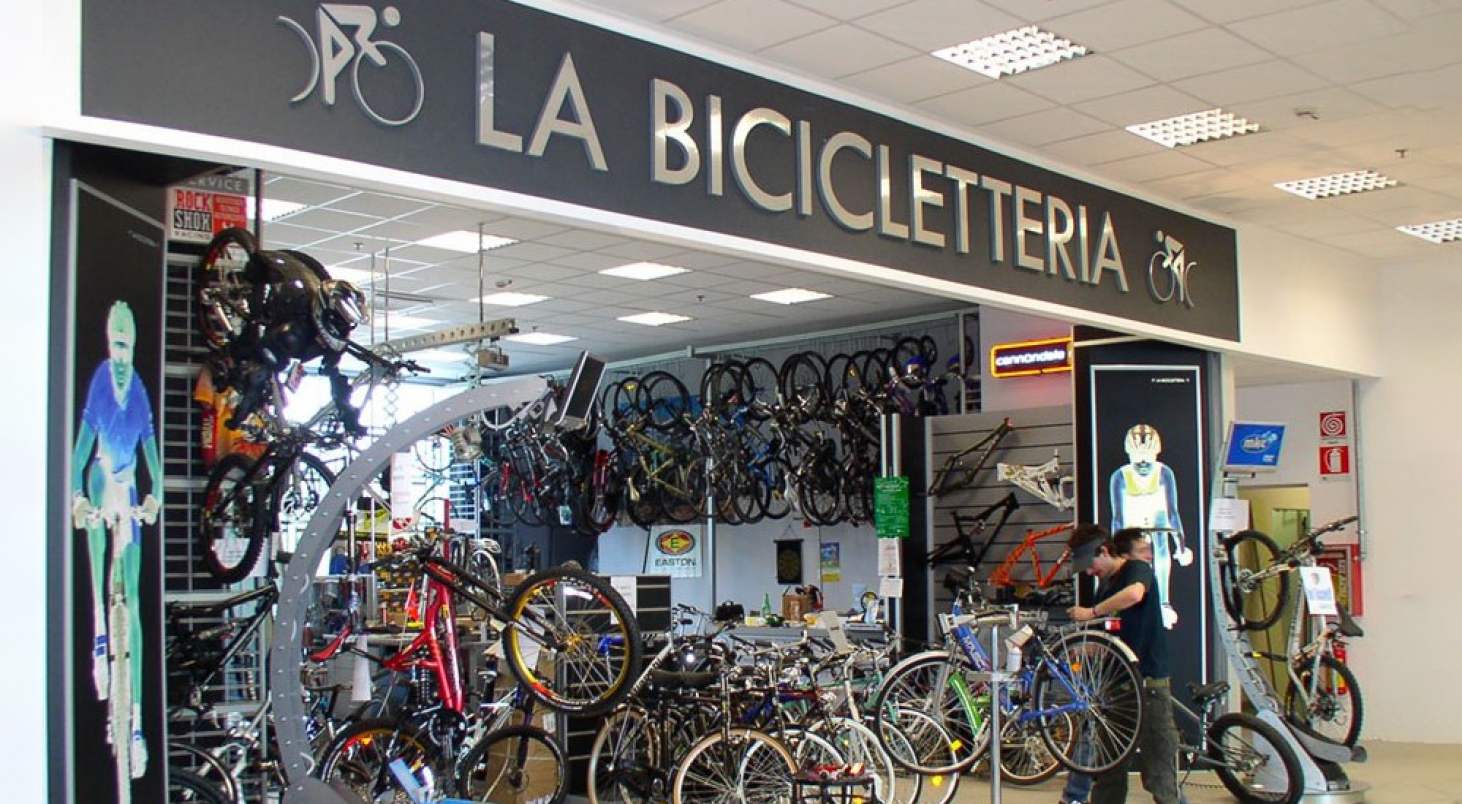
Italian e-bike and bicycle sales statistics exceed all expectations
E-bike and bicycle sales in Italy were unparalleled last year. The official sales statistic published by the country’s industry association Confindustria ANCMA confirmed the feelings of industry insiders.
Read More
You need to go back to the first half of the ‘90s to find similar sales figures. At that time, the MTB phenomenon contributed significantly to the spread of cycling in Italy. Last year e-bike sales increased a staggering 44% compared to 2019, to 280,000 units. The market for regular bicycles also hiked year-on-year by 14% to 1,730,000 units.
‘Italy needs to embrace cycling’
These positive figures can be connected directly to the pandemic as well as the introduction of the ‘mobility bonus’ provided by the government. ANCMA President Paolo Magri, sees, “the need for mobility as well as the desire for freedom and well-being” as the main reasons for Italians to get back on the saddle. “These exceptional sales results are certainly not a one-off, but a starting point for the years to come,” added Paulo Magri.
Magri underlines that Italy needs to embrace a more cycling friendly culture, including incentives to support a purchase and promote or raise interest for investments in cycling culture, infrastructure, cycling tourism and improved road safety.
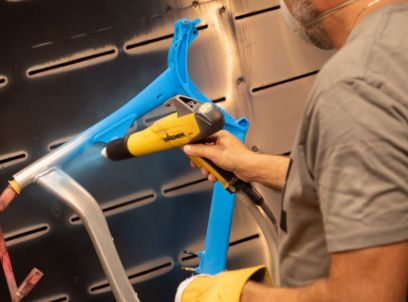
Italian insiders on the highs and lows of 2020

Davide Campagnolo reflects on ‘complex year’
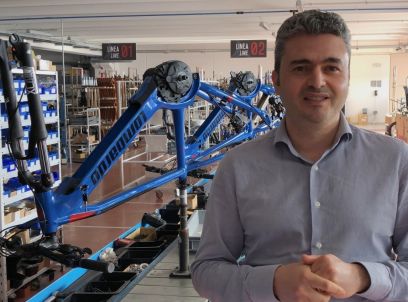
Emilio Lombardo on supply chain issues
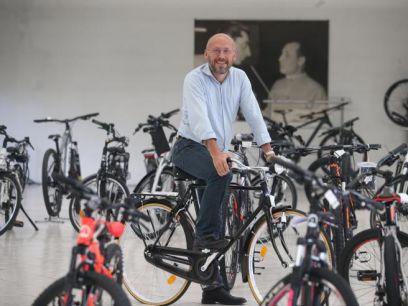
Atala CEO highlights the role of planning
Italian e-bikes in demand
The domestic production of e-bikes has been increasing steadily over the past 5 years from 50,000 units in 2016 to 280,000 in 2020. Last year, exports of Italian made e-bikes increased by 28%, while imports grew by a staggering 67%. The IBD is still the preferred place to buy an bicycle in Italy. More than 70% of the total market of € 2 billion was generated by the IBDs.
The main question for the future remains, will Italian shop owners be able to treasure the fortune they have found and how can they ensure that the trend holds? “Obviously, this topic is already being discussed within ANCMA,” confirms Nigrelli. “What we can do as an association is to keep the relationships we developed last year with the Ministry for Economic Transition, the Ministry for Economic Development and the Ministry for Infrastructure and Sustainable Mobility alive. We have to keep the government’s interest high and continue along the path we have mapped out.”
